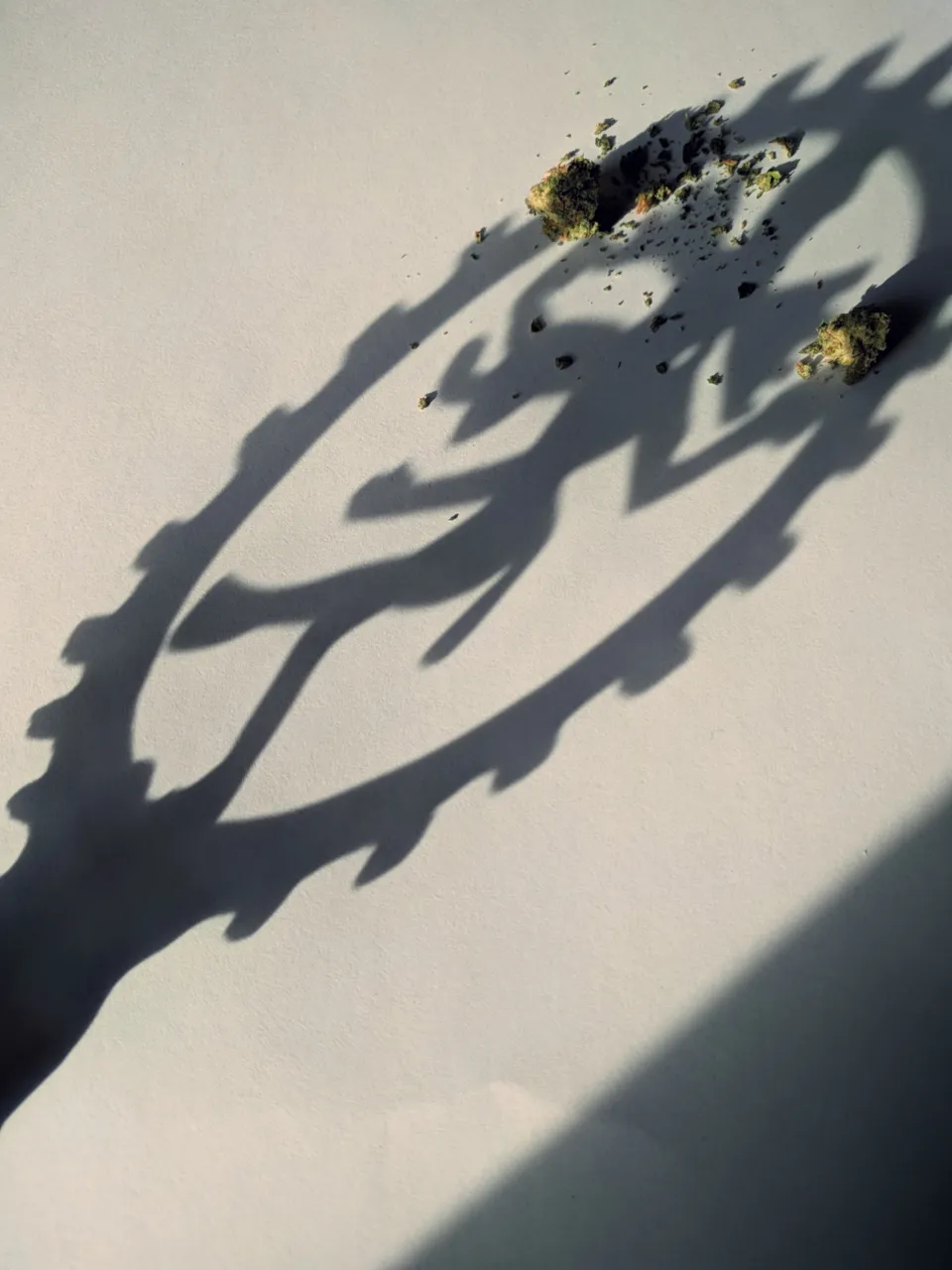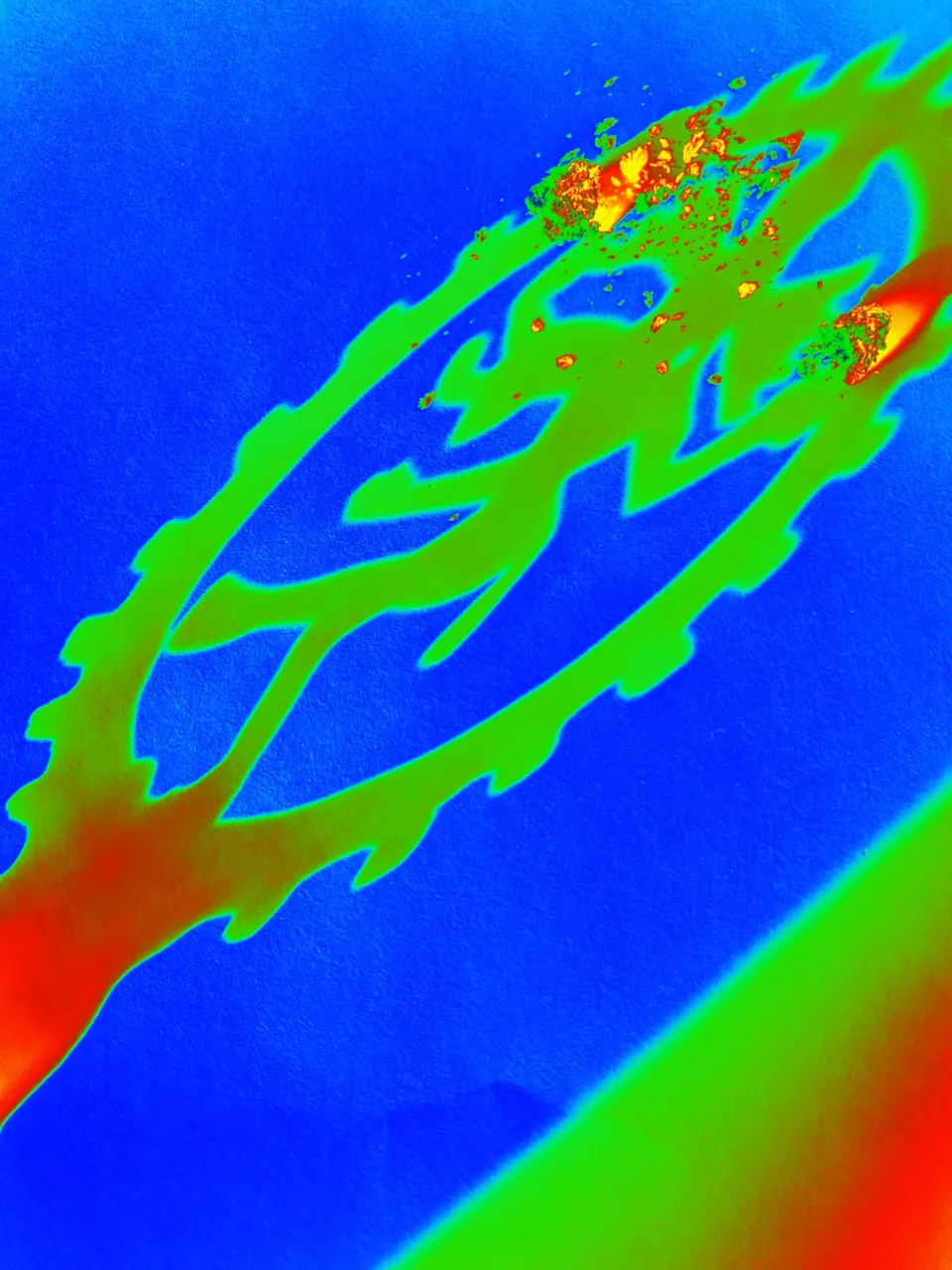We may be passing through the age of Kali, but Shiva still dances. A Hindu legend describes how a cosmic poison threatened the lives of gods and demons alike, so Shiva swallowed the poison (Halahala). To cool down the heat created by the noxious substance lodged in his throat, he drank bhang, a drink that is made with various psychoactive plants, including cannabis. This plant is known to have a cooling effect among other medicinal and psychoactive properties. It's an integral part of Hindu religious practice and clearly rooted in its metaphysics.

Some legends say that Shiva slept beneath the shade of a cannabis plant, and when he woke up, hungry as it were, he ate some of it. Thereafter the consumption of cannabis became an essential habit for the god. Other tales tell the story of how Shiva created cannabis from his body and used it to purify the elixir of life called amrita. When a drop of this elixir fell to the ground, a cannabis plant sprung up. Thus, the cannabis plant is the essence of the god Shiva. Think about that next time you light up.
In various cultures around the world, cannabis has played an important role in their medicinal and spiritual practices. In western countries, the history of this plant has been more complicated and, to my mind, rather shameful. It is now legal in Canada, but not without a trail of ruined lives in the wake of its prohibition. At least it looks as if that chapter is now behind us and we can at last begin to truly focus on the potential benefits (and dangers) associated with its consumption.
Considered sacred by some religious practitioners, cannabis is said to bring about physical and psychological well-being. Liberation, relaxation, happiness, rejuvenation, refreshment are a few of the terms used to describe its effects. Of course, in the sleek high-tech future that we now inhabit, these terms seem antiquated. We need more precise definitions to be able to quantify and better understand this fascinating plant and its effect on the human nervous system. Advances have been made in medical science to investigate the underlying biological structures that process the cannabis compounds. I’ve even seen a few articles linking cannabis research to our current efforts to find medicines for the coronavirus. Now that its legal status has begun to change, cannabis research is ramping up, and we're learning a lot about it.
Little research exists on the psychological effects of marijuana. Most of this research has focused on pathologies like Schizophrenia, PTSD, and depression. Little effort has been made on investigating the actual reasons why most people smoke weed: fun and creativity. What makes the psychological effects of cannabis fun? What elements of our creative repertoire does it enhance? What is the best way to skillfully utilize cannabis for the pursuit of happiness? The puritanical mind recoils from these questions whose answer requires a hardcore understanding of our bio-sensory mechanisms and their naked juicy interactions with external stimuli such as audio, visual, tactile, gustatory, etc. Anecdotally, for example, we know that smoking weed and listening to tunes while high alters the experience. Makes it more pleasurable somehow. One of my favorite past times is to lie floating in a warm bath with soft lighting while listening to tunes from different eras- Roman, Renaissance, Victorian, and so on. It’s an astonishing discovery to realize that you have not been using your auditory apparatus properly. High fidelity. The same goes for vision. Nothing screams joy more than consuming the flower bud and letting light-waves bounce on and off your eyeballs, the stimulations sending electro-biochemical shivers to the visual centers of your brain. Quick on-off retinal tickles. Talk about speed of light!
Learning how to use cannabis properly IS rocket science. Fun rocket science. Creative. You gotta have the discipline to train yourself and fuel up your sensory ship with the compound. Blast off to cognitive space and navigate the symphony of information synchronized to the rhythm of the sense organs. Most users, I would garner a guess, are passive in their approach. Smoking a joint, sitting back, and floating in the cotton-candy marshmallow of sensory input. To properly take advantage of what cannabis has to offer, however, you have to be an active observer. Focused like a diligent researcher in the hunt for knowledge. The art and science must be exact.
I don’t have much hope that “proper” scientific research will pursue this line of investigation. It’ll probably be left up to the lone hacker mystics to do the exploratory work in their high towers. This is as it always has been. However, the independent researcher now has the tools to report the findings far and wide. So they are not alone after all. The revolution will be open-sourced and posted online. We’ll form the communities and launch our rockets together as we map those friendly and hostile territories of the brain, the antipodes, and the neuro-electronic databases of our psyche. We have been given this chance by the gods themselves, so let's dance.

Read more